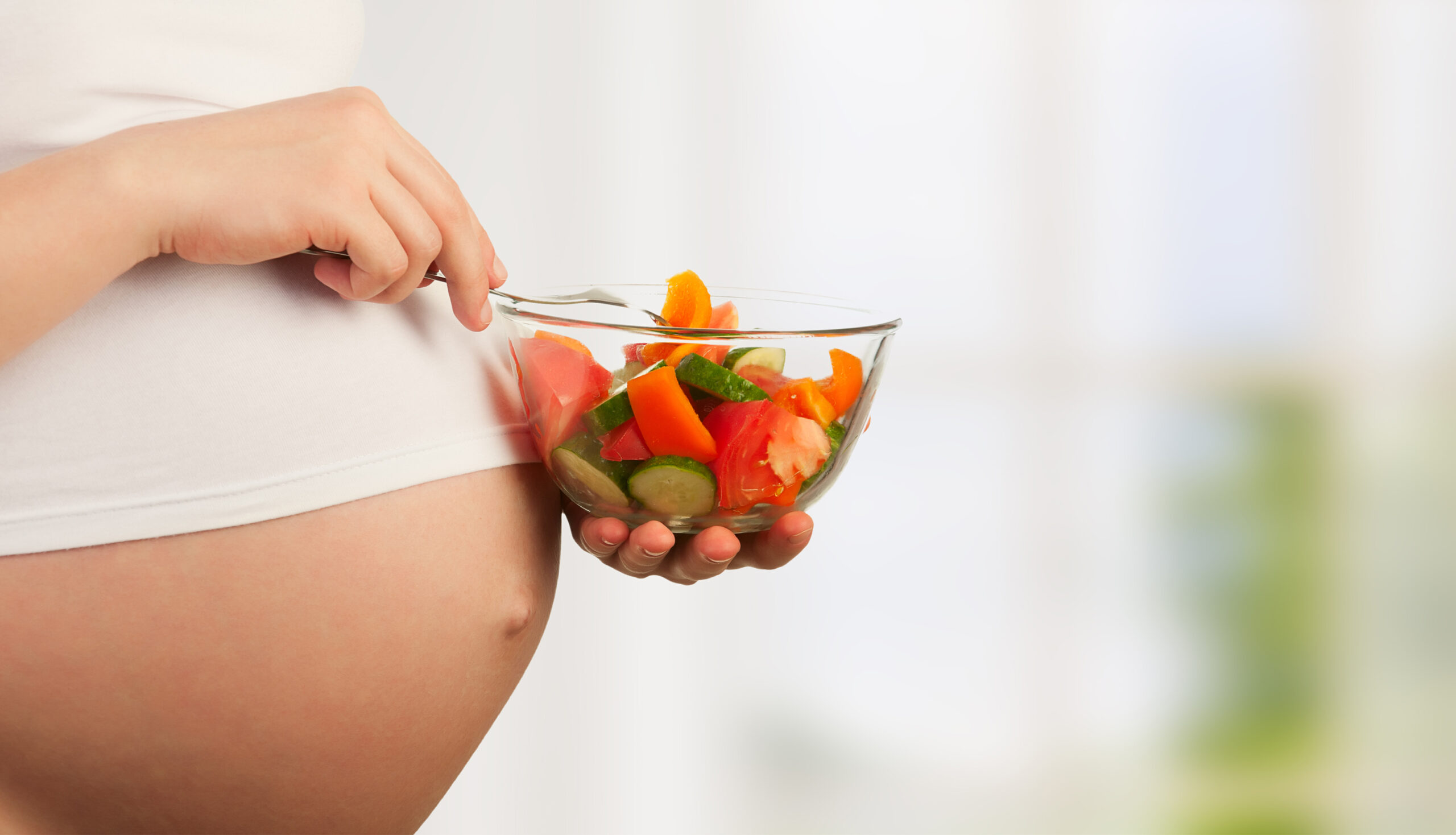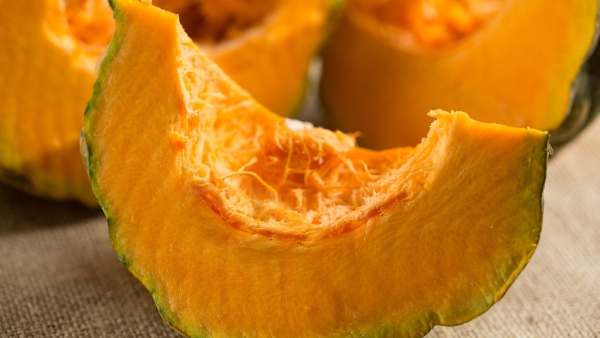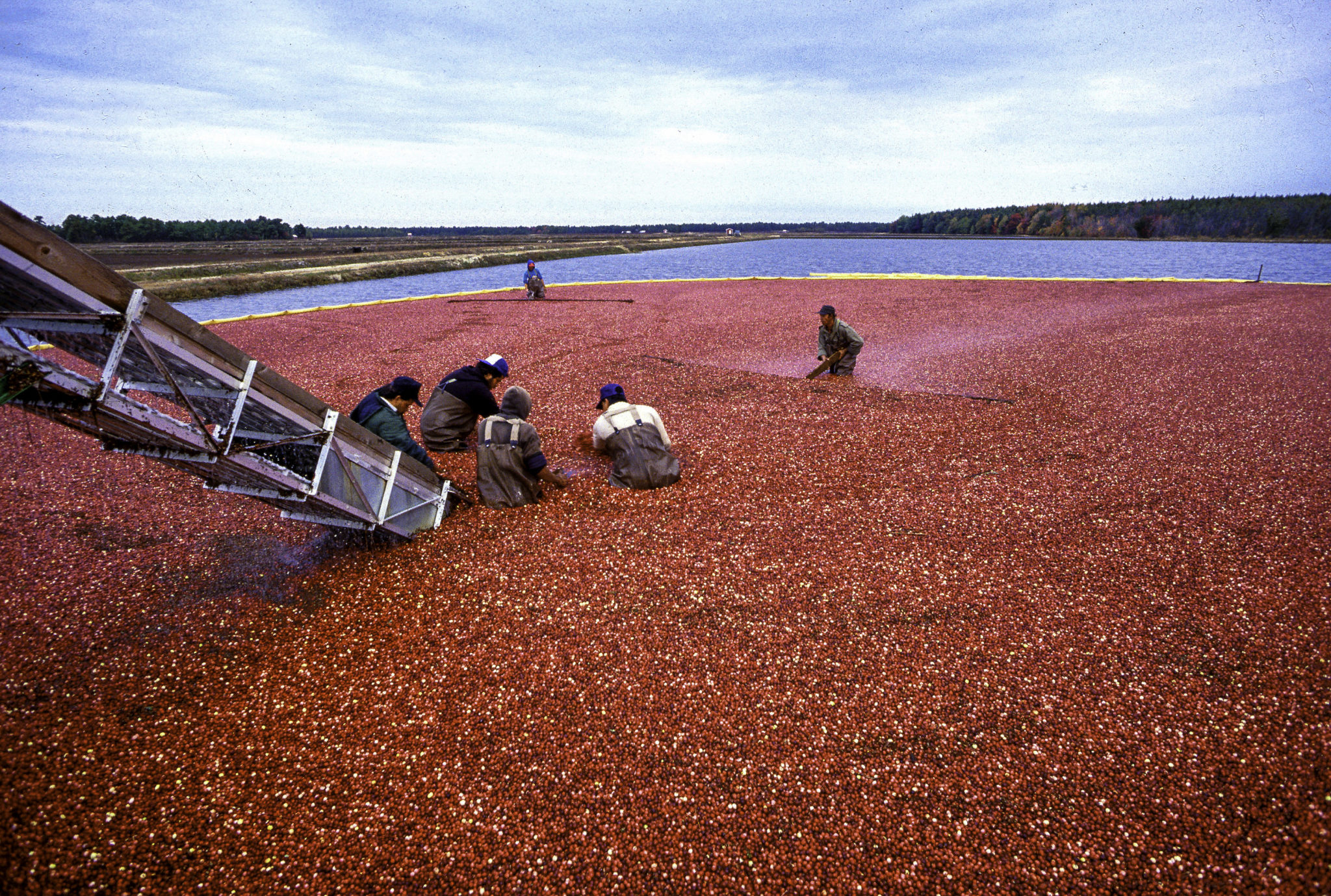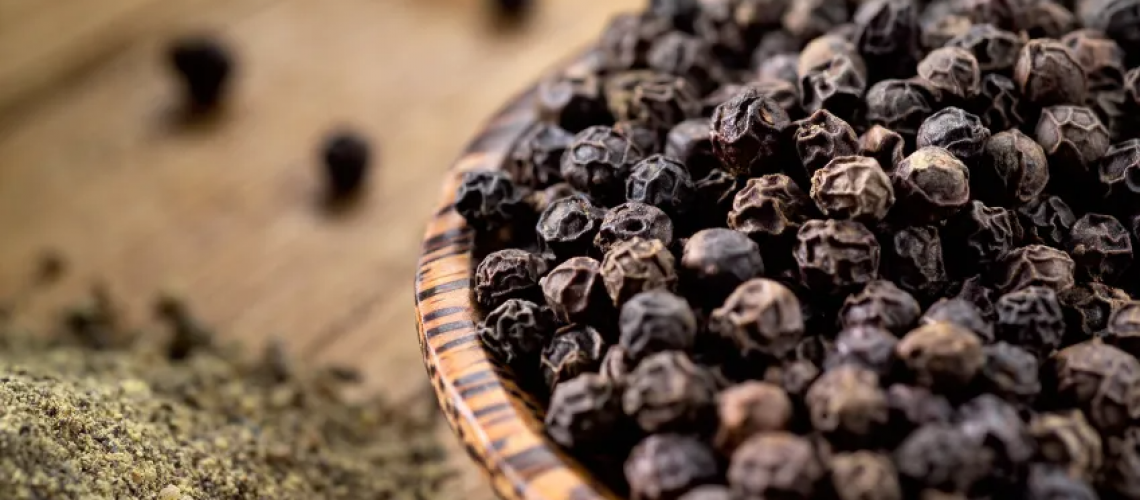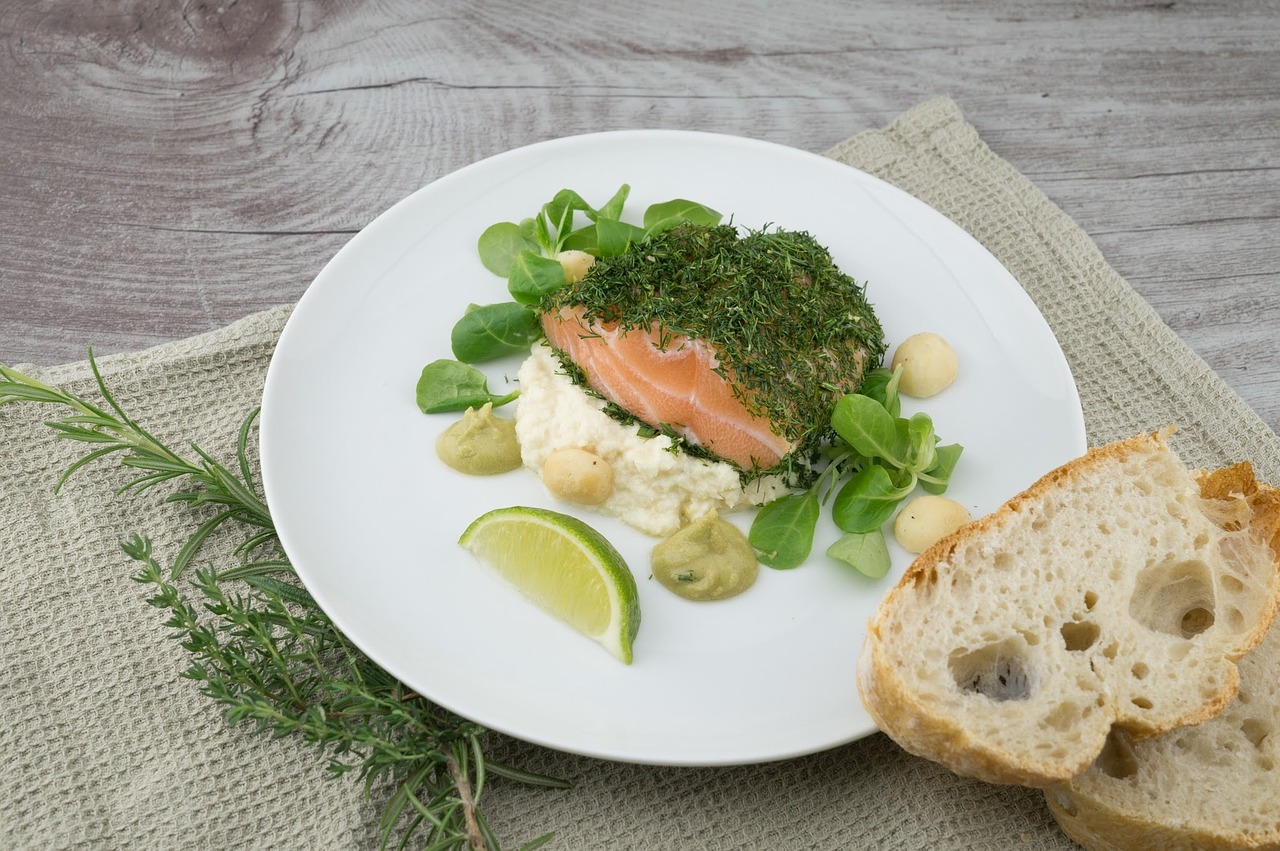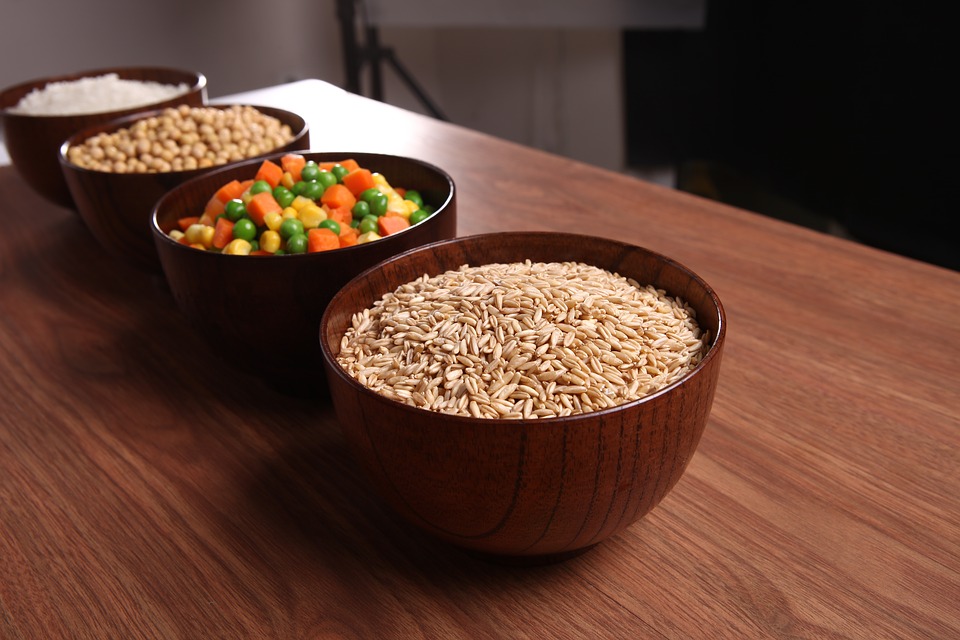“Spice up life,” “be all pepper,” “respond with salt and pepper,” “be full.” These sayings, popular expressions are enough to understand the true essence of this spice: spicy, fragrant, the most widely used and employed throughout Europe, it gives a special ‘aroma’ wherever it is placed: dish, whether sweet or savory, to the mix with other spices, as well as figuratively to words, to the argumentative and witty character, to the way of life of the person to whom the expression is referred. Do not be fooled by its botanical name: Pepe Nigrum because in reality its grains are ‘multicolored’: green, white, black-brown, gray, red and pink. And each has its own ‘why’. Curious to know? Continue reading, you will also discover the “value” of pepper in History and therapeutic properties.
Appearance and habitat. The grains are native to the pepper plant: a tropical tree with dark green, oval, leathery leaves and small, white, hermaphrodite flowers gathered in a spike-shaped inflorescence. The fruits, on the other hand, are drupes that enclose a single seed, a peppercorn in fact, initially green in color that tends to turn red when ripe. The diameter ranges from 3 to 6 millimeters. The plant starts producing fruit from the fourth year and remains productive for about seven years, until it can provide as many as 8 harvests per year. The color of the grains is not only due to the more or less complete ripening, it often also depends on the processing to which the fruits (drupes, precisely the grains) are subjected. And we will see that shortly. The Piper Nigrum, the scientific name of the pepper plant belonging to the Piperaceae family, is native to the southern coasts of India and the Malay archipelago, but is also cultivated in Africa, Asia, especially Vietnam, Indonesia, Sri Lanka, Thailand, China, also in Brazil, which is among the big producers, and in America. The most ‘valuable’ part of pepper, are the grains: these depending on the purpose are treated differently which often also determines their different color. If harvested unripe, the fruits yield green pepper, with a soft berry, usually preserved in brine or pickle, with a fresh, delicate taste; black pepper, the hottest of the qualities, on the other hand, is produced from unripe fruits that are blanched and then dried in the sun for about 10 days so that the grains dehydrate, blacken and take on their typical wrinkled appearance. The latter, stripped of its outer peel, fermented and dried, provides the white pepper, which has a more delicate aroma. Mixing black pepper with white pepper, which is characterized by a less spicy flavor with a distinctive sweet and sour note, produces gray pepper. Pink pepper, on the other hand, is the fruit of another plant, Schinus molle, a much milder-tasting spice used mainly for its decorative qualities. Improperly called Jamaican pepper and cayenne pepper are other varieties of spices derived the former from a Myrtaceae plant grown in Central America and the latter from chili peppers.
Pepper…in the ‘story’. Black pepper was valued (in cooking) already in ancient times. Indeed:
- In ancient times, the properties of black pepper were exploited as “flavor modulators” to improve the taste of certain alcoholic beverages gone bad, such as wine and beer, or mixed into foods and beverages for its antibacterial properties;
- in Ancient Egypt, in addition to flavoring recipes, it was used for mummification so much so that some peppercorns were found in the tombs of the Pharaohs;
- in Greece it was known even before the 4th century B.C.; Hippocrates recommended it, combined with vinegar and honey, to counter menstrual pain;
- in the Roman Empire it was used to add a spicy note to dishes, but it also became synonymous with wealth and a bargaining chip: Roman fleets traveled annually to the coast of India to purchase pepper and other spices. It is even said that during the fall of the empire, Rome paid tribute to invading barbarians using precisely pepper, a very rare and expensive commodity, or that a handful of peppercorns could buy a slave’s freedom. Again, Marcus Gavius Apicius Apicius the Roman gastronome, cook and writer who lived at the turn of the 1st century B.C. and 1st century A.D., included pepper in almost every recipe in his De re coquinaria and it seems that during the siege of Rome both the Huns and the Visigoths demanded huge quantities of pepper in exchange for saving the city;
- in the Middle Ages much of the trade between Europe and Asia passed through the spice route, between Baghdad and Constantinople, controlled by the Persians and Arabs. Genoa and especially Venice, around 1400 had monopolized the spice trade between the two continents so much so that the Portuguese sought alternative routes to India. While it was Vasco de Gama who reached the city of Calicut, India’s center of the spice trade, conquering it militarily in 1503, laying the foundation for the birth of the Portuguese empire and opening the first ocean route to the fabled pepper lands: apparently his motto was “Christians and spices.” Moreover, in the Middle Ages pepper was also used as currency, estimated as “black gold” on par with our oil;
- in the 19th century it was one of the four spices, along with cinnamon, nutmeg and cloves when “a pinch of spice or drug” was mentioned in recipes.
In the ‘modern’ kitchen. It is used extensively to scent and flavor a great many dishes, and for it to retain all its aroma it should be ground fresh, at the time of use, on the dish; except for that used for broth, which develops its aroma in cooking, the remaining qualities lose flavor in the process. Black pepper is called the ‘king of spices’ in cooking, used in recipes all over the world in different ways and to flavor every order of dishes:
- whole grains are added to broths, sausages and salamis, cheeses, and meats to flavor and/or add some color to the mixture, choosing from different varieties;
- freshly ground sharply flavors white meats, poultry and fish, pastas such as the spaghetti cacio e pepe of the Roman culinary tradition, soups and risottos, and sweet vegetables such as fennel, carrots and peas;
- combined with spice blends such as baharat, a mixture of finely ground spices used in Lebanese, Syrian, Jordanian, Palestinian, and Maghreb country cuisine; garam masala, a mixture of spices typical of Indian and Pakistani cuisine; creole (a mixture of white pepper, black pepper, green pepper, and pink pepper); curry gives more flavor. While added to turmeric increases bioavailability: curcumin, turmeric’s active compound, is in fact poorly absorbed and quickly eliminated from the body, but combined with pepper, absorption increases about 20-fold, also enhancing turmeric’s antiseptic, antibacterial and especially anti-inflammatory effectiveness. It is precisely piperine, contained in pepper, that prevents the process of curcumin elimination;
- flavors desserts, such as Sicilian pepper cookies or the typical gingerbread of Tuscany, Umbria, and d Emilia-Romagna, can enhance the flavor of fruit, pineapple, figs, or dried fruit for example, but can also be an ingredient in ice cream or chocolate and in sweet and savory sauces.
The rule: To keep the properties of pepper at its best, it is best to add it to hot foods always at the end of cooking and never expose it to sunlight.
How to choose pepper. Depending on taste or use, it is possible to lean toward a specific variety and color of pepper:
- Black pepper: corresponds to the fruit harvested while still unripe and subjected to washing in boiling water and then drying, either in the sun or in ovens. It is the spiciest and most flavor-rich variety and is perfect on vegetables, white meats and fish.
- White pepper: is the only seed extracted from the fruit, soaked in salted water for a week and once the outer shell is removed, dried. With a softer taste than black pepper, it is suitable for grills and marinades, red meats, poultry, fish or salads.
- Green pepper: is obtained from the unripe berry, treated with sulfur dioxide, which keeps its color, or it can be preserved in brine or pickled. It can be consumed either fresh or dried: less spicy than black pepper, it can accompany sauces, fish, and meat, whether beef or game, and goes well with European and Thai dishes.
- Gray pepper: is a mixture of black and white ground very finely.
- Pink pepper: possesses a taste similar to real pepper and in addition to acting as a pain reliever, acts as a natural insecticide.
- Red pepper: berries harvested at full maturity, after 9 months, are dried away from sunlight to maintain their coloring. The flavor is spicy and intense, slightly caramelized, with sweet notes goes well with poultry, game and pork.
- Sichuan Pepper: In addition to its pungent flavor, it has a slight citrus aroma and leaves the mouth slightly numb due to the presence of a compound, sanshool, which acts on different nerve endings producing this very special sensation.
- Long pepper: spicier than black pepper, it has a sweet and sour note, with a definite woody aroma suits stews, soups and winter dishes.
- Cubebe or Java pepper: similar to black pepper but with more wrinkled grains, it is obtained from a different species, Piper cubeba. Widely used in 1600s Europe, it has a pungent taste with resinous, woody and eucalyptus notes. It goes well on egg dishes, vegetables and with melon.
- Jamaica pepper: also known as allspice or clove pepper, is obtained from Pimenta dioica, a plant native to Central America. Widely used in Caribbean cooking, it has an aroma similar to that of carnation flowers, with traces of mint and cinnamon, combined with the spicy taste of pepper.
‘Peppery’ curiosities. Did you know that:
- The etymology of the word pepper goes back to the ancient Sanskrit word “pappali,” to turn into “pipor” in archaic English and into “piper” in Latin, up to the Italian derivation.
- You can also get a pepper essential oil that has a burning and spicy nature;
- The spiciness of pepper lies in the pulp where other active ingredients are also present: terpenes, linalool, caryophyllene, limonene, and pinene, which contribute to the assertive character of black pepper. These substances are found only in very small percentages in white pepper, as it lacks the pulp.
- In the case of dishes that are too peppery, you can add some potatoes and continue cooking-these will ‘absorb’ the pepper.
- To make the most of the properties of pepper for external use, you can let peppercorns macerate in sweet almond oil for a few days and then use it to perform massages, or alternatively you can use the spice in powder form.
- Pepper, that which is commonly consumed and dried, has no expiration date; however, over time the aromatic and flavor qualities are lost. Only pickled pepper, usually green and pink berries, have an expiration date indicated on the jar.
- Pepper makes people sneeze because the piperine in it is irritating to mucous membranes. So “breathing in” pepper can tickle the nose or cause sneezing. Since it is an irritant spice, its use and consumption, along with other equally spicy spices, is not recommended in cases of stomach ulcers, hemorrhoids, and gastritis.
- It is ideal to grind pepper with a pepper mill with a ceramic mechanism.
Growing pepper. Granted that the ideal habitat in which pepper grows is tropical, it is possible to ‘create’ in the Mediterranean area the conditions for it to thrive in warm, humid climates in well-drained soils rich in organic material. The plant’s woody stems can reach up to 4 meters in height, so provision should be made for braces, preferably covered with moss that will increase their moisture, on which they can grow.
- Choose a place that always remains humid where the temperature is kept consistently around 24°-30°, although the plant tolerates heat (up to 40°). In regions with a harsh climate it can be grown in a heated greenhouse; in mild regions it can be left on the porch in a pot.
- For planting, it is necessary to have fresh seeds that can germinate, being viable for a very short period of time. Pots should be filled with a quality potting soil mixture containing humus or compost, into which holes should be drilled with the thumb 1 cm deep, at intervals of about 2-3 cm, inside which a seed should be placed. Once done, cover with potting soil, water the seeds fairly frequently and keep the soil moist at all times. A good drainage is essential as the Piper Nigrum fears water stagnation, and the pH of the soil should be between 5.5 and 7. In winter, watering should be reduced, but high humidity should still be maintained: therefore, it is necessary to mist the plant with water quite often, and if growing in pots, a saucer full of water should be placed underneath. In addition to compost, which should be given at planting time, add new compost each year as an alternative or combined with manure.
- Multiplication can also be done by cuttings, through a plant fragment, specially cut and placed in soil or water to regenerate the missing parts, thus giving rise to a new specimen. More often than not, it is a sprig destined to take root
Collection. No harvesting takes place during the first 2-3 years of fruiting, but flowers should be cut off to prevent the plant from no longer producing seeds and thus encourage its growth. It is not, therefore, the case to prune it. Black, white, red or green berries are harvested from the same plant at different times of ripening: black at 9 months after flowering, which occurs in summer; red at 6 months; and green at 3 months. The plant subsequently may continue to bear fruit every three years until it is about 40 years old.
Conservation. Pepper can be stored dried or fresh. Whether black, pink, green or white pepper, the berries should be kept in a tightly closed, dry jar protected from light and ground at the time. They can last for years, although they lose some of their initial aroma and taste over time. Fresh ones, on the other hand, can be preserved in brine.
***
Parasites. Possible pests and diseases that can attack the plant on balconies are unknown, however, it is possible to do ‘prevention’ by avoiding root rot. That is, ensuring good drainage to the substrate and not wetting the aerial part when watering.
Other uses. Black pepper can be used as a natural plant pesticide: it is very effective in warding off caterpillars and is especially good for roses. It is prepared by steeping 10 coarsely crushed black peppercorns for 4-5 hours in 500 ml of water, then steaming the leaves with the mixture.
Finally, it can be used as a repellent for dogs and cats. In fact, black pepper has an odor and taste that pets do not like, thus being able to act as a deterrent against the habit of, for example, digging holes between garden beds or in the pots of houseplants, or preventing them from posing to mark their territory by peeing in certain corners or scratching sofas and furniture.





